Optimal Timing for Waterproofing Applications
Waterproofing is an essential process to prevent water intrusion and protect structures from damage. Proper timing ensures the effectiveness and longevity of waterproofing systems, reducing the risk of costly repairs and structural issues.
Spring offers moderate temperatures and lower humidity, ideal for applying waterproofing materials. It allows sufficient curing time before summer heat or winter cold.
Dry and warm summer months facilitate quick drying and curing of waterproofing products, making it suitable for new constructions or renovations.
Applying waterproofing in fall prepares structures for winter, preventing water penetration during freeze-thaw cycles. Mild temperatures help ensure proper adhesion.
Winter is generally unsuitable due to freezing temperatures and high moisture levels, which hinder proper application and curing of waterproofing materials.

Ways to make Waterproofings work in tight or awkward layouts.

Popular materials for Waterproofings and why they hold up over time.

Simple add-ons that improve Waterproofings without blowing the budget.
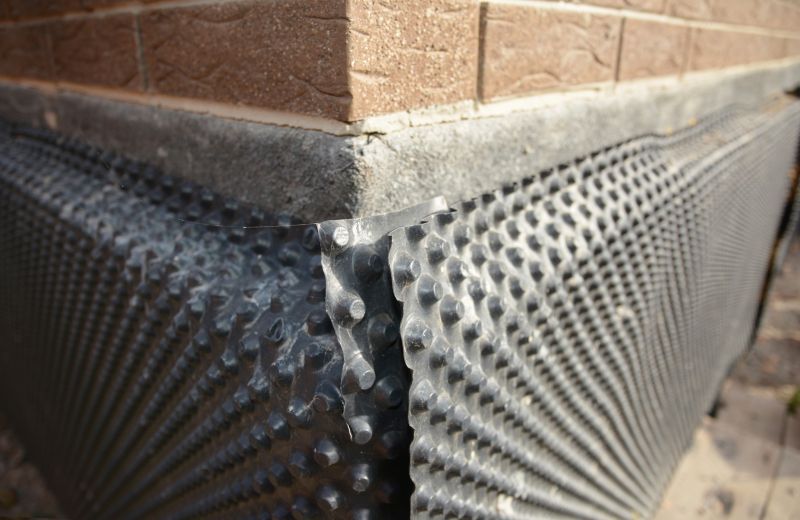
High-end options that actually feel worth it for Waterproofings.
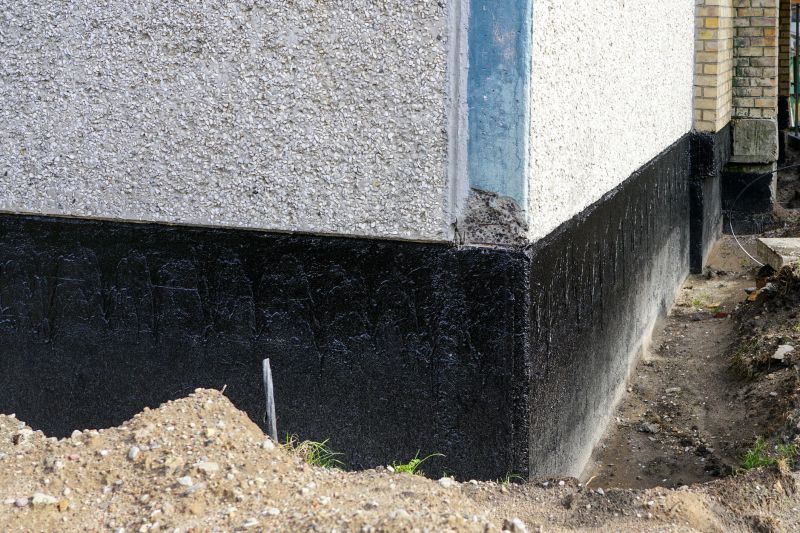
Finishes and colors that play nicely with Waterproofings.
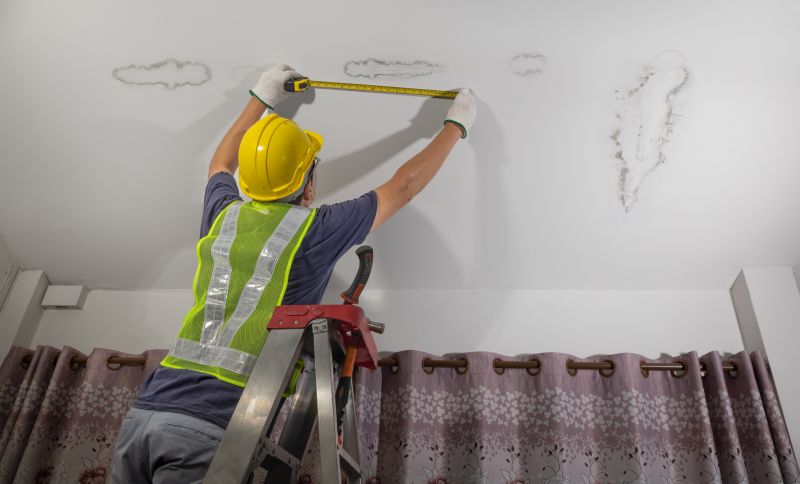
Little measurements that prevent headaches on Waterproofings day.

A 60-second routine that keeps Waterproofings looking new.

A frequent mistake in Waterproofings and how to dodge it.

Small tweaks to make Waterproofings safer and easier to use.
| Season | Best Conditions |
|---|---|
| Spring | Moderate temperatures, low humidity, ideal for application. |
| Summer | Dry, warm weather promotes quick curing. |
| Fall | Mild temperatures, prepares structures for winter. |
| Winter | High risk due to freezing temperatures and moisture. |
| General Advice | Apply during periods of stable weather with temperatures between 50-85°F. |
Waterproofings are critical for maintaining structural integrity and preventing water-related damages. They are used in various applications, including foundations, roofs, basements, and decks. Proper application timing enhances adhesion, curing, and durability of waterproofing materials, leading to longer-lasting protection. Statistics indicate that waterproofing failures are often due to improper timing or unsuitable weather conditions during application, emphasizing the importance of choosing optimal periods for installation.
Advancements in waterproofing technologies include flexible membranes, liquid coatings, and spray-applied systems, each suited for different climates and structural needs. Proper timing combined with suitable products ensures maximum effectiveness, minimizing future maintenance costs and structural risks.

Lower-waste or water-saving choices for Waterproofings.
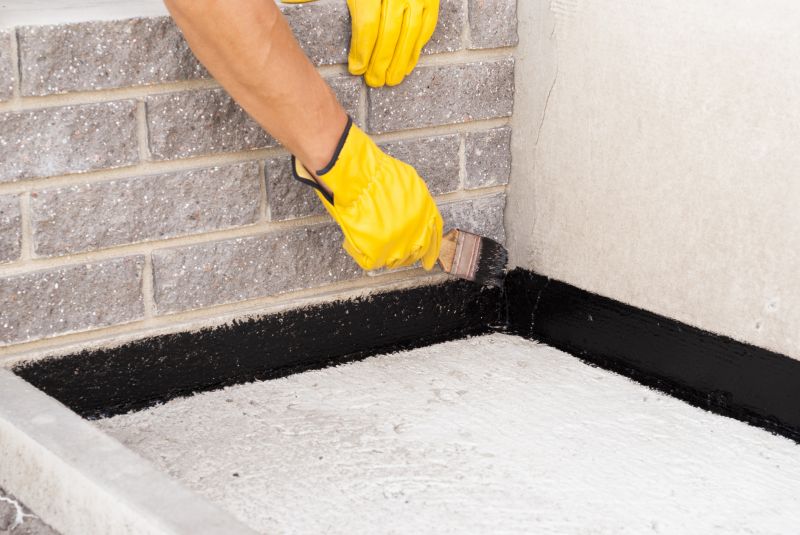
The short, realistic tool list for quality Waterproofings.

Rough timing from prep to clean-up for Waterproofings.
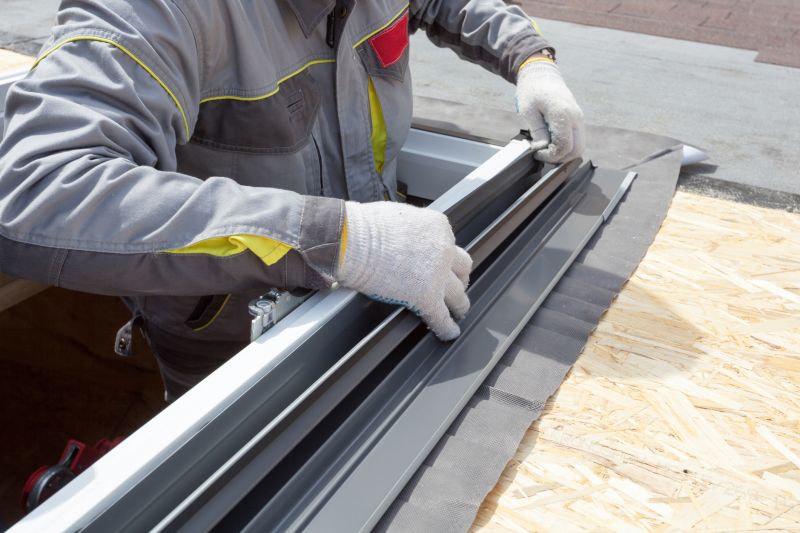
Quick checks and paperwork to keep after Waterproofings.
For those interested in waterproofing services, filling out the contact form provides an opportunity to discuss specific needs and schedule appropriate application times. Proper planning and execution are key to effective waterproofing and long-term protection of structures.

